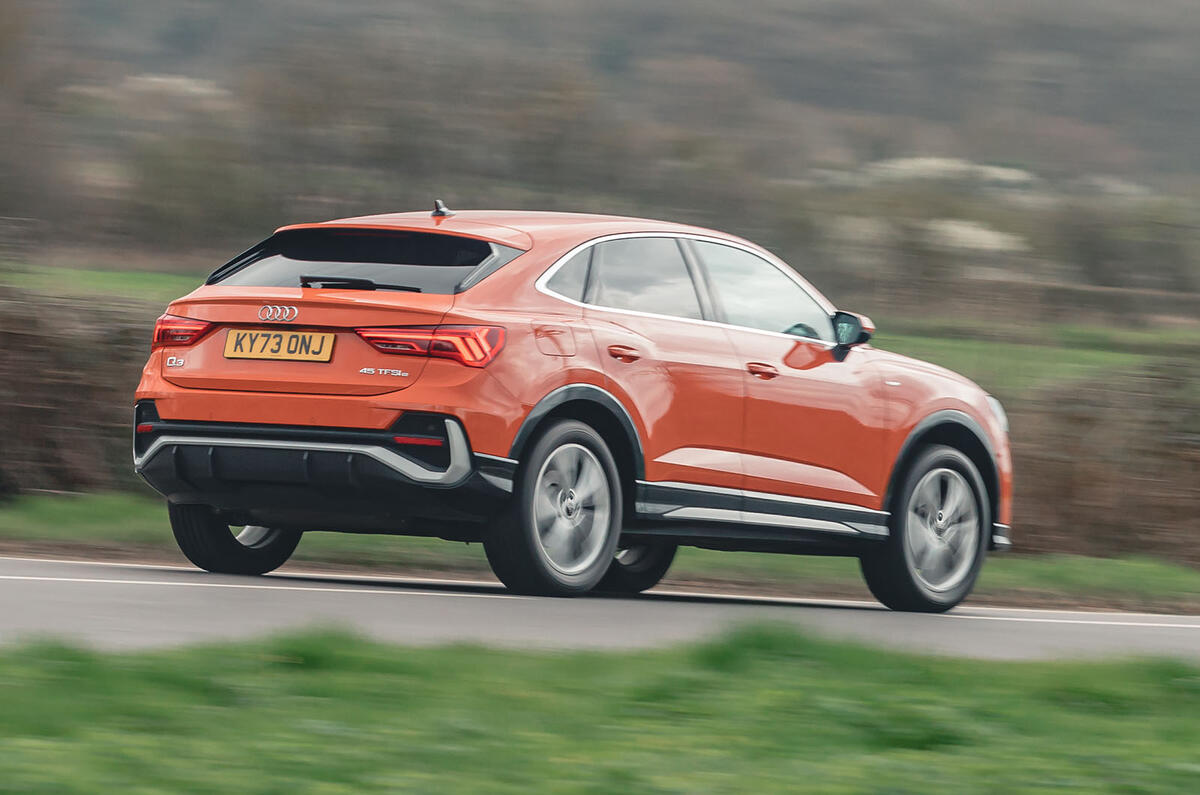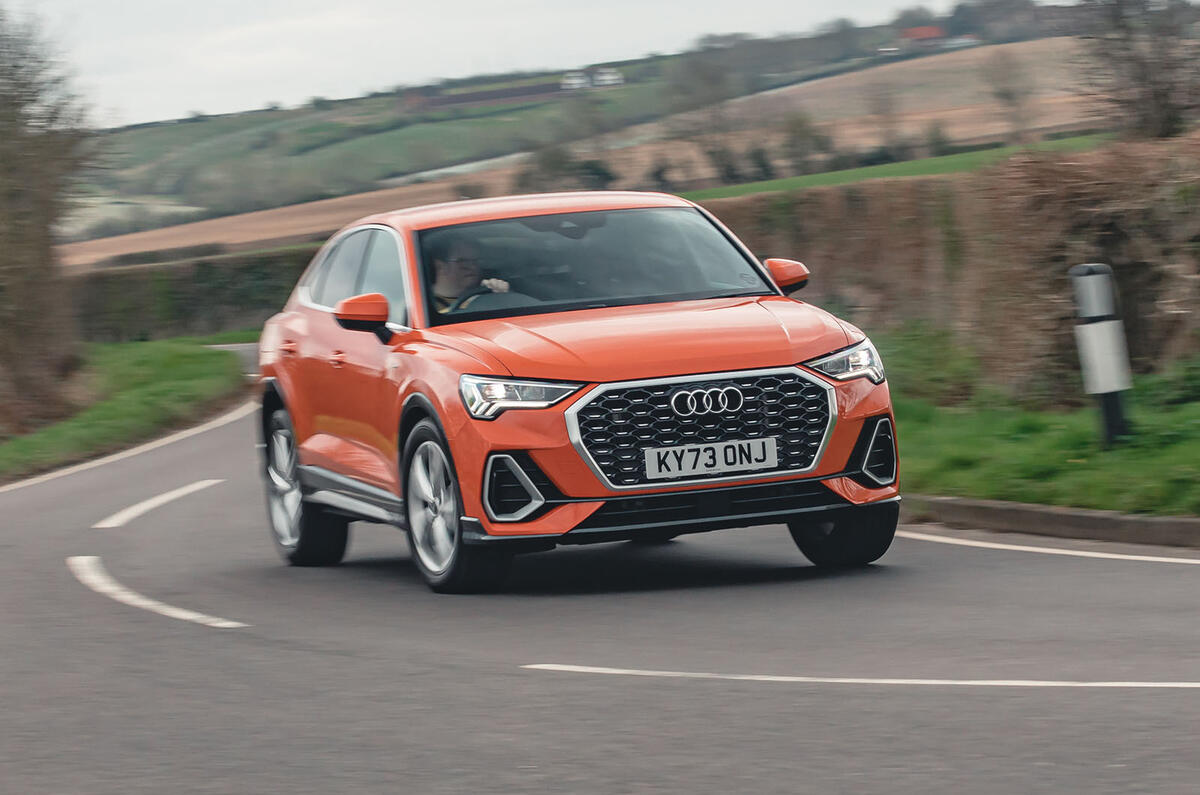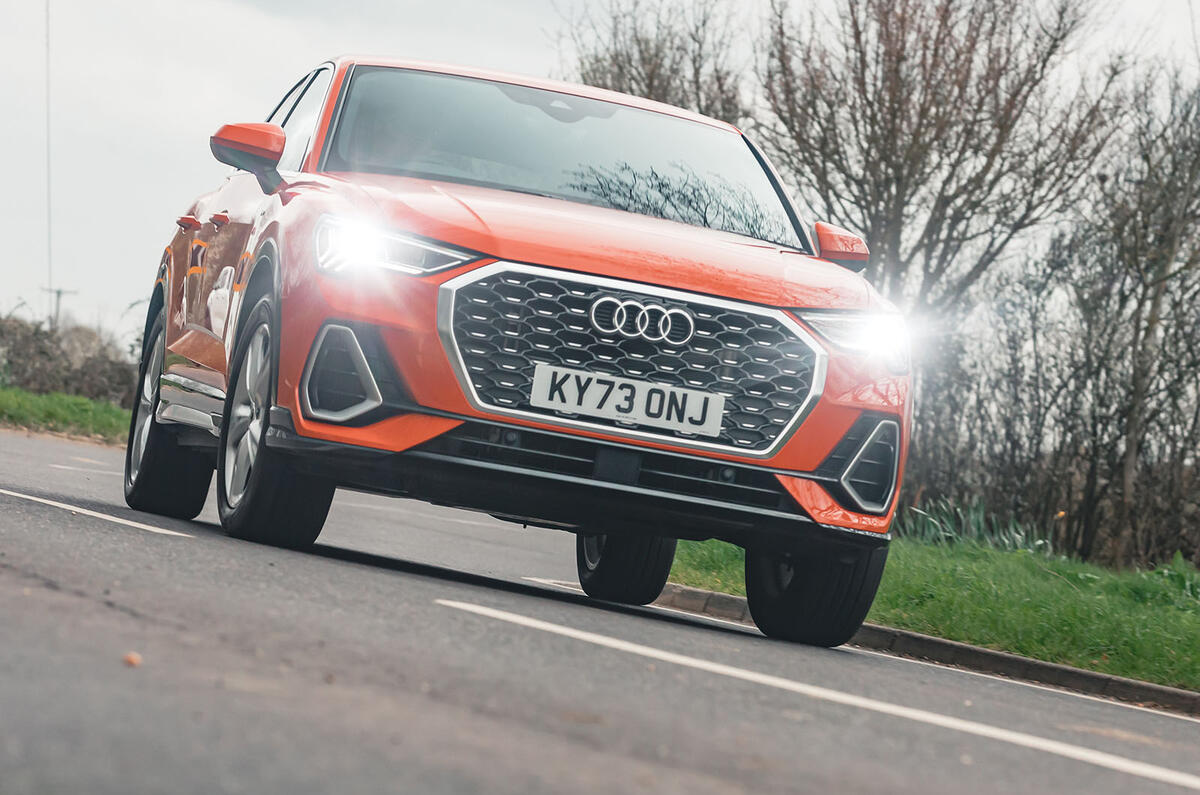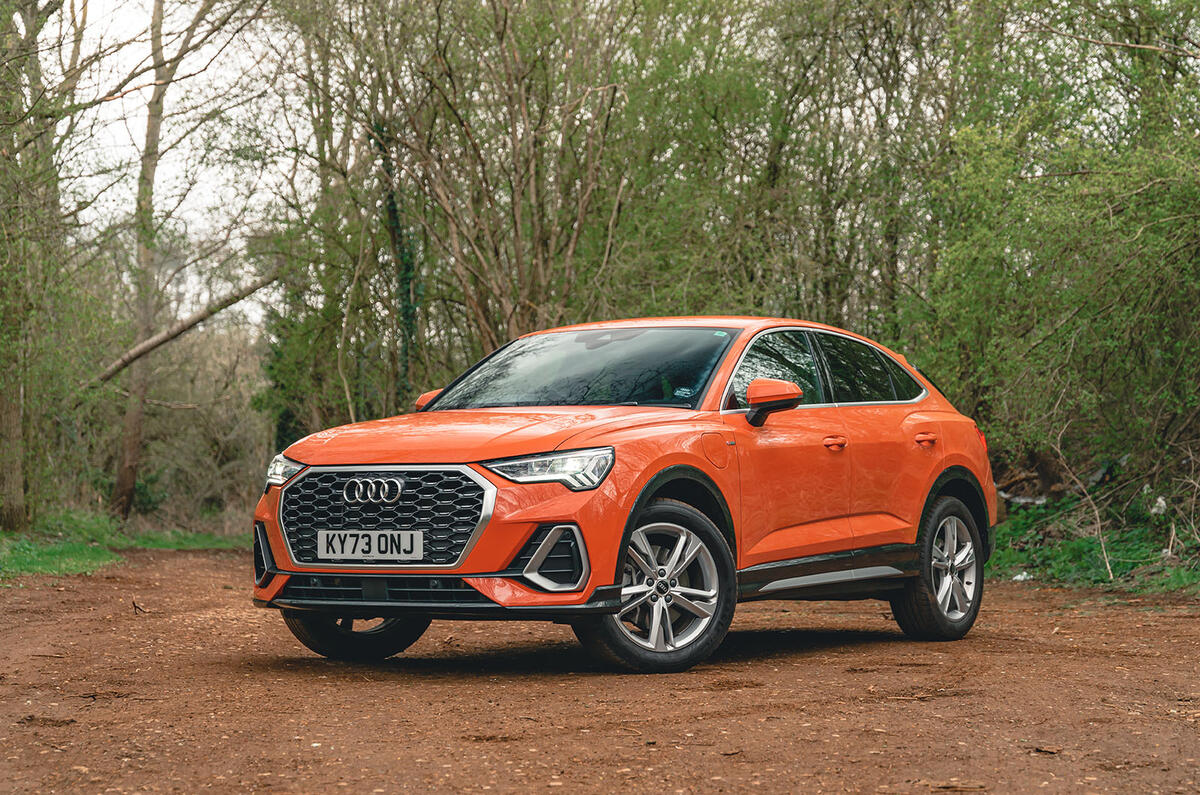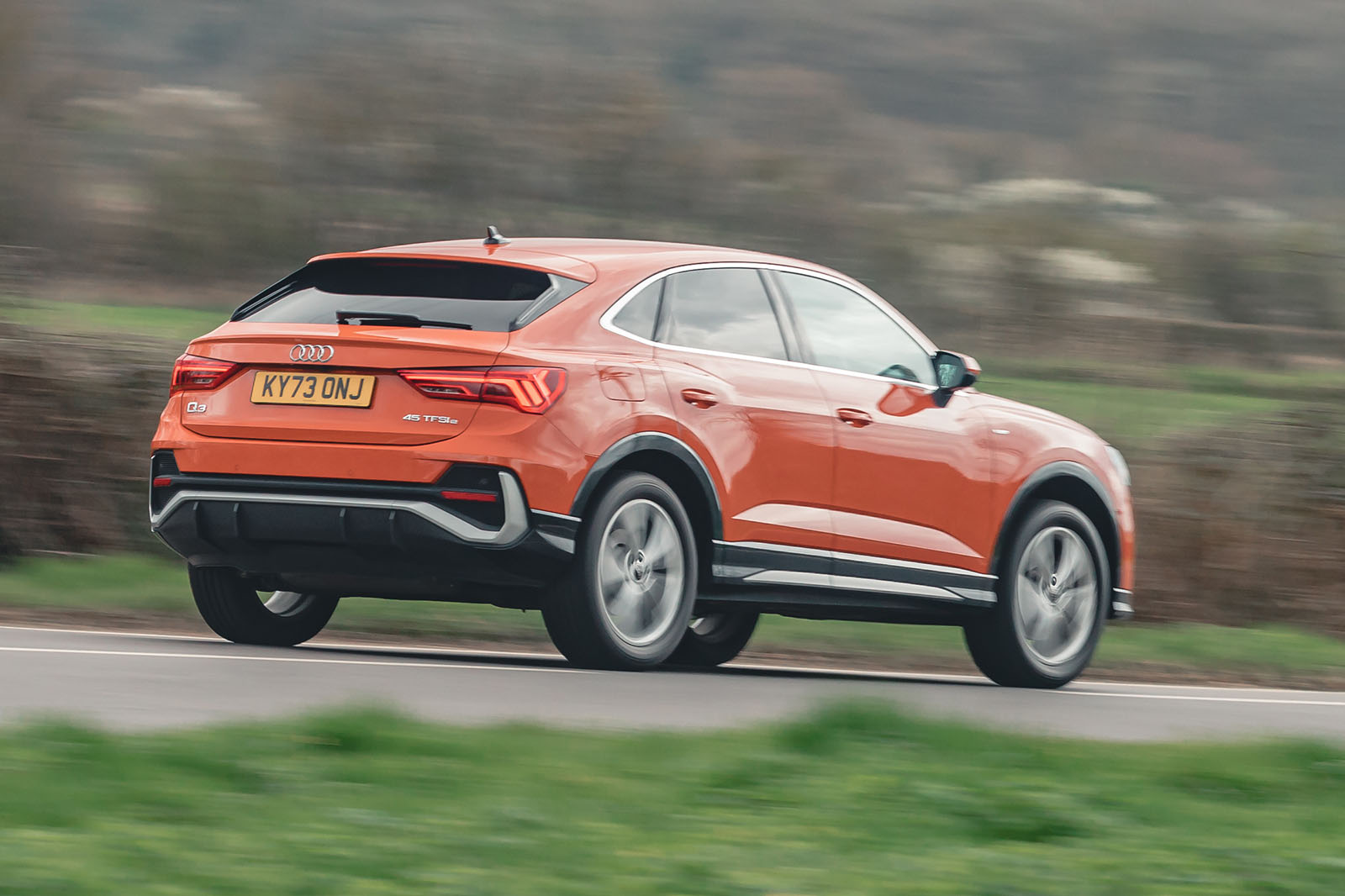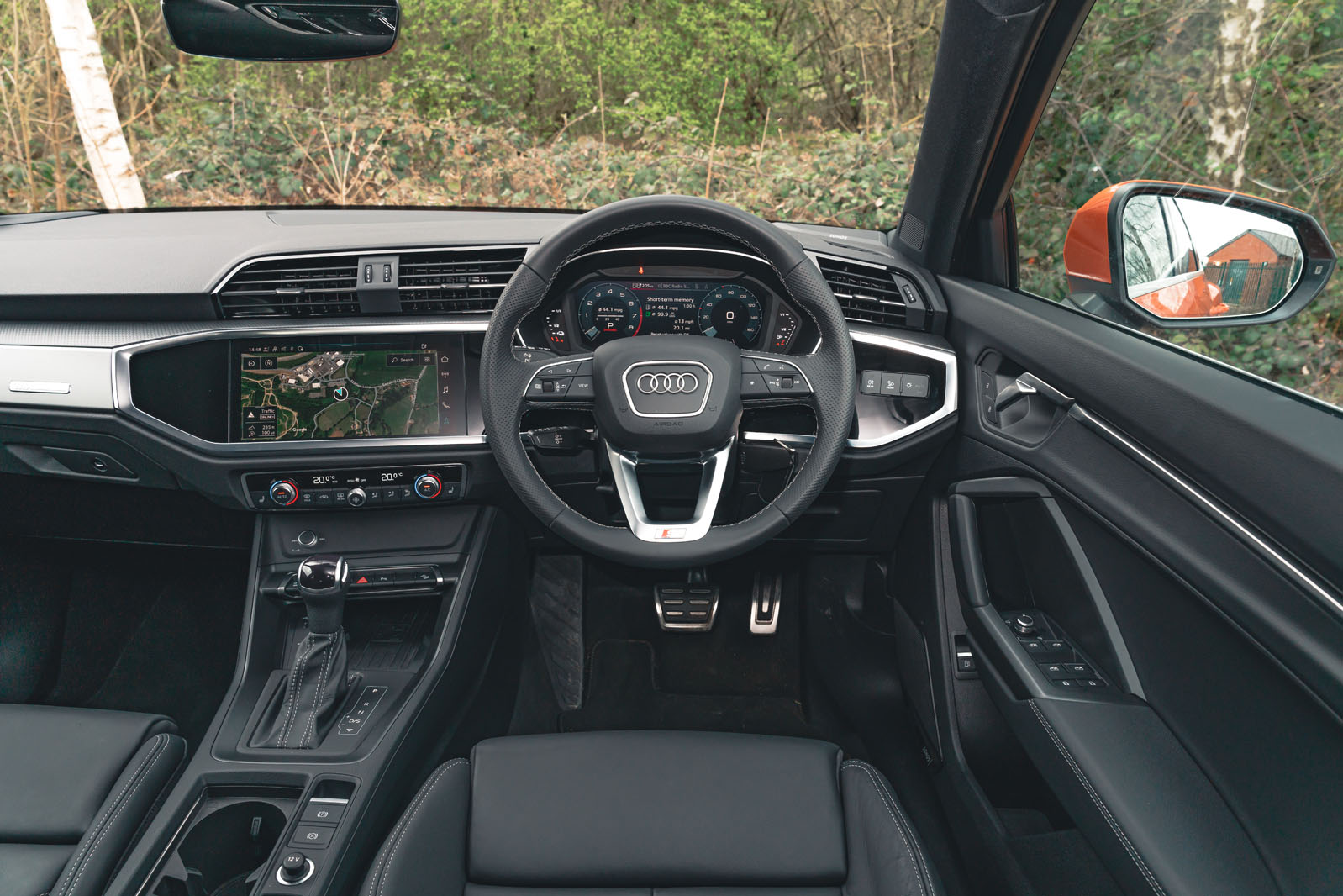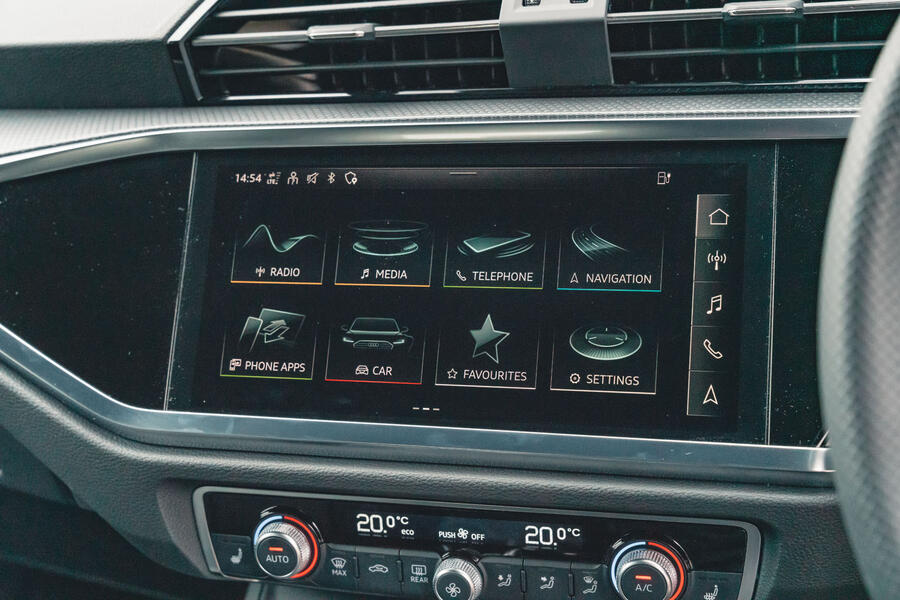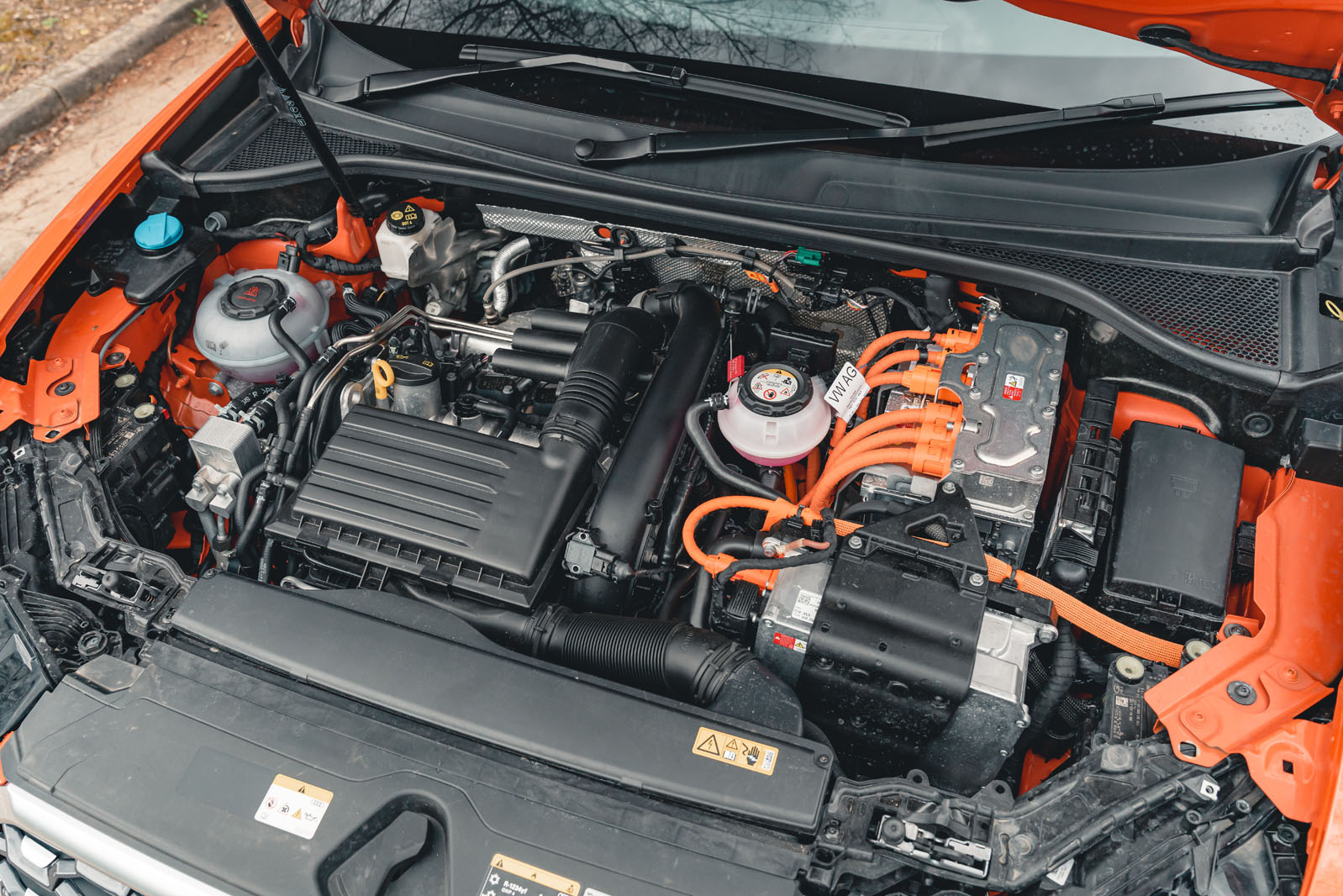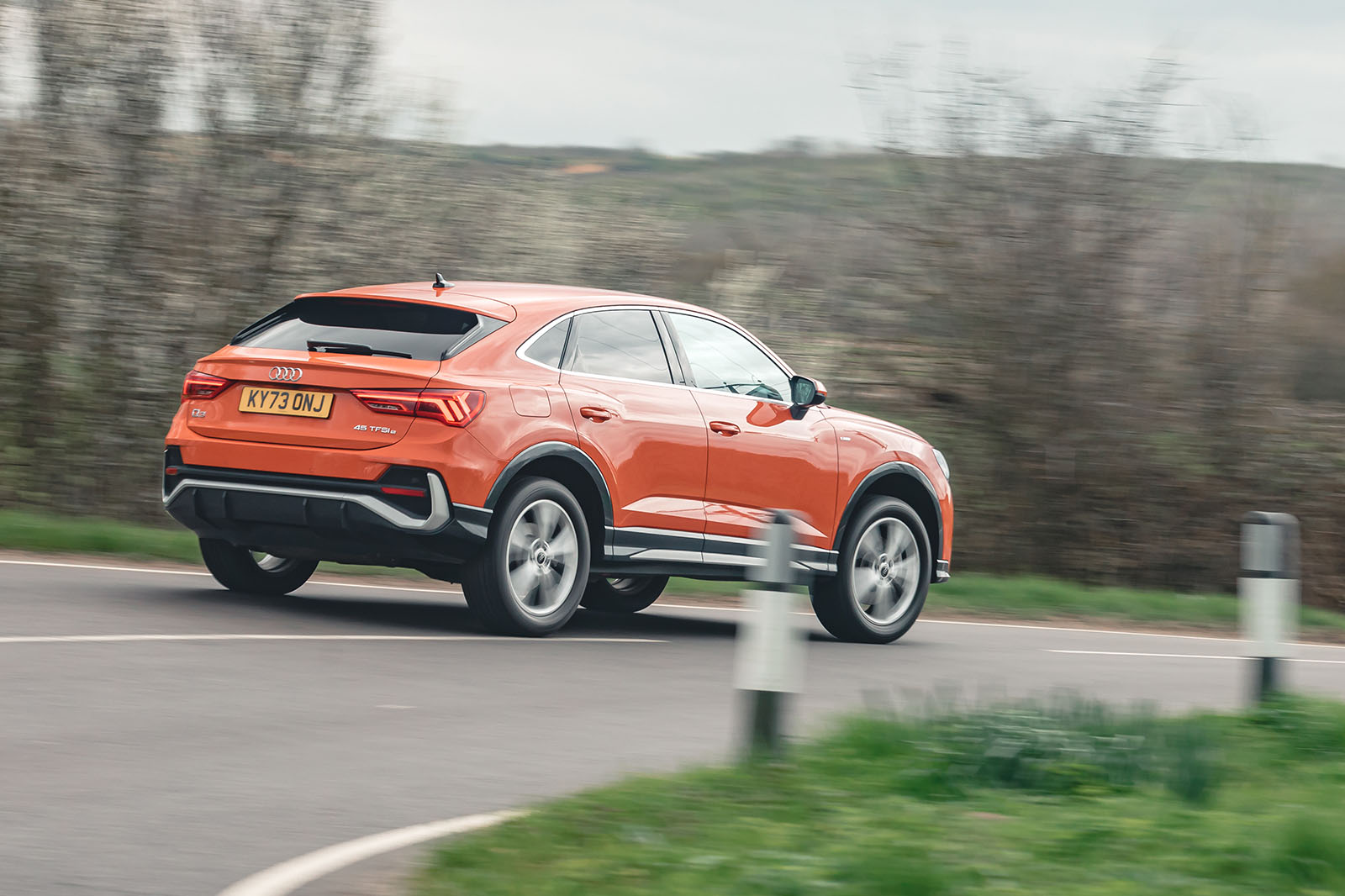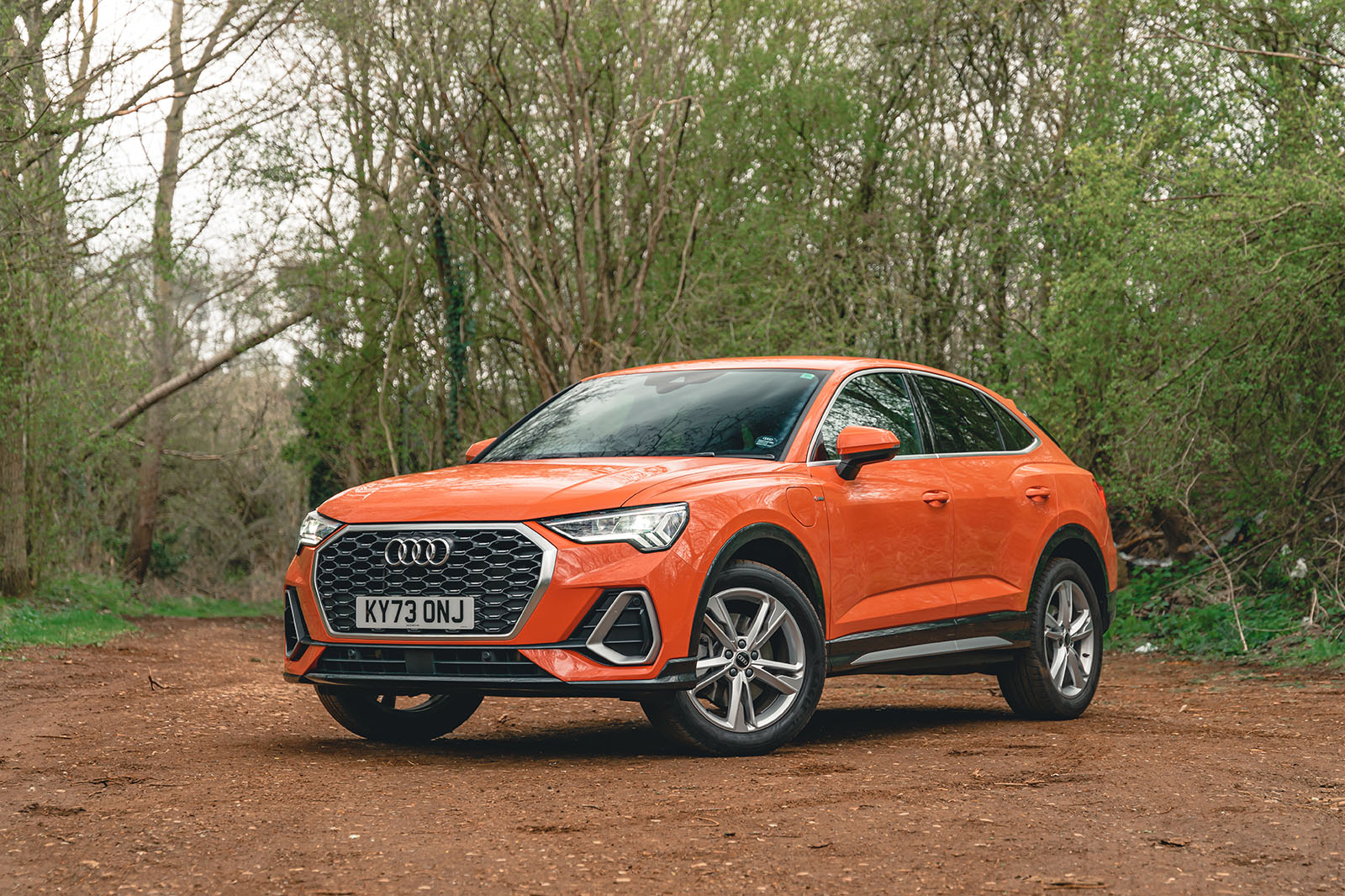While Audi took a slightly quirky, alternative tilt at the ‘premium compact’ SUV segment with the original Audi Q3, the current, second-generation version shows just how important cars like these have become in recent years - and how widely and seriously their makers now compete for their success.
Launched in 2018 when Ingolstadt’s SUV model lineup among the freshest in the industry, this became the smallest and most affordable ‘russian doll’ in the product lineup; a car so clearly referencing Audi’s bigger models with its design - and, as a result, made to look much more serious and grown up than its model forebear ever did - but available for a much more affordable price.
The Volkswagen Group MQB platform that underpins the car helped to explain how it could be launched at prices to tempt people out of volume-selling hatchbacks and larger but less desirable SUV rivals. But a low entry price certainly doesn’t make this any less of a ‘proper’ Audi in the performance and technology it offers higher up the range, to those willing to pay for it.
The car covers a great deal of ground in the niche in which it exists, being available with both petrol and diesel combustion engines, and plug-in hybrid power - as well as with ‘quattro’ four-wheel drive in some cases - but also in a choice of bodystyles: as the more conventional Q3 SUV, or as the slightly more rakish and curvaceous Q3 Sportback, which we’ve elected to test.


